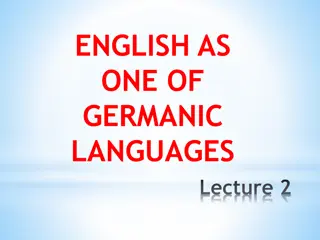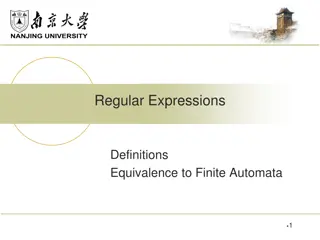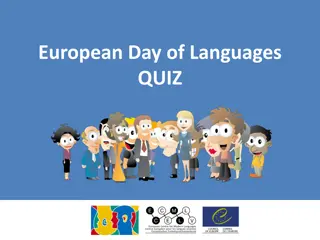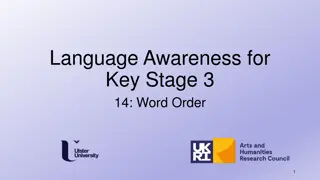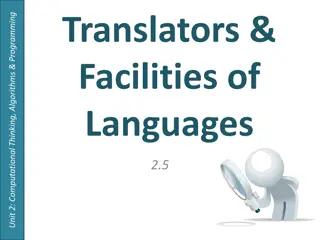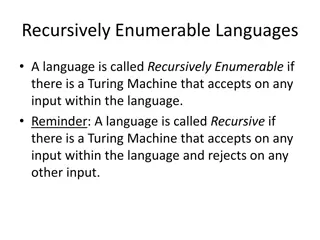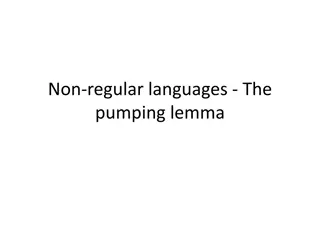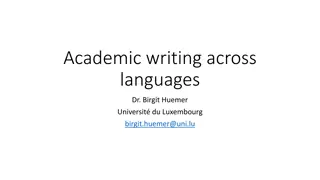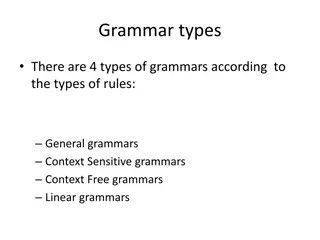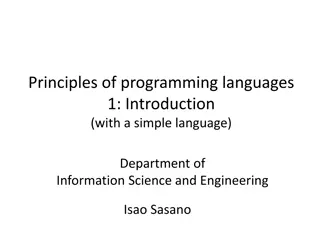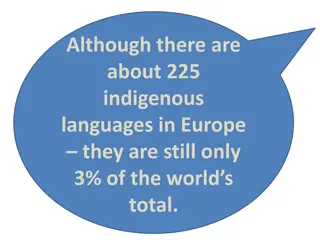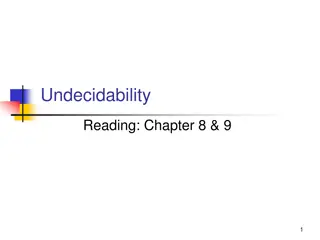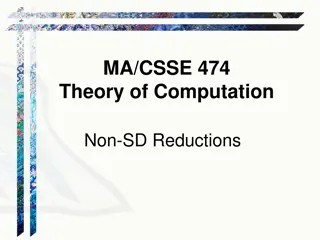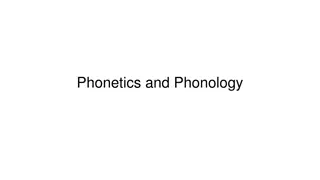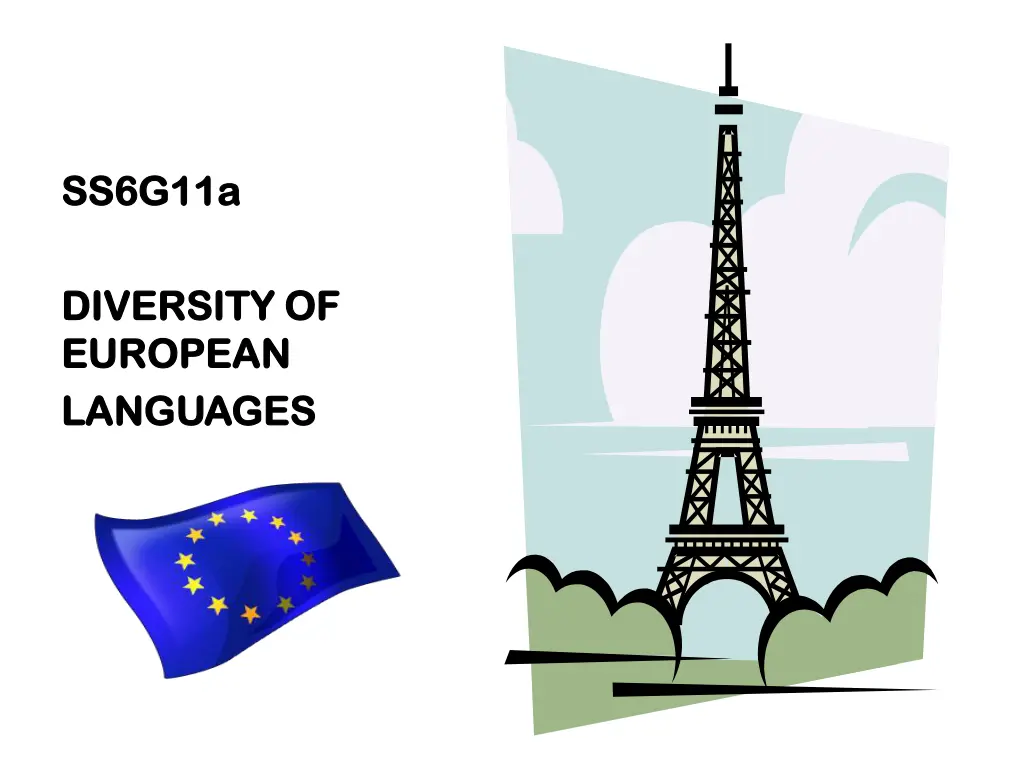
Diversity of European Languages: A Comparative Overview
Discover the rich diversity of European languages through a comparison of Germanic, Romance, and Slavic language groups. Understand the challenges and solutions associated with having numerous languages in Europe, along with insights on literacy rates and standards of living in relation to language diversity.
Download Presentation

Please find below an Image/Link to download the presentation.
The content on the website is provided AS IS for your information and personal use only. It may not be sold, licensed, or shared on other websites without obtaining consent from the author. If you encounter any issues during the download, it is possible that the publisher has removed the file from their server.
You are allowed to download the files provided on this website for personal or commercial use, subject to the condition that they are used lawfully. All files are the property of their respective owners.
The content on the website is provided AS IS for your information and personal use only. It may not be sold, licensed, or shared on other websites without obtaining consent from the author.
E N D
Presentation Transcript
SS6G11a SS6G11a DIVERSITY OF DIVERSITY OF EUROPEAN EUROPEAN LANGUAGES LANGUAGES
COMPARISON: GERMAN, ENGLISH, RUSSIAN, FRENCH, ITALIAN Larger Larger in landmass than U.S. in landmass than U.S. Doubled in Doubled in population population than U.S. One dominant One dominant language than U.S. in U.S. (English language in U.S. ( English) ) Europe: home to more than Europe: home to more than two hundred languages languages 3 main categories: 3 main categories: Germanic Germanic, , Romance two hundred native native Romance, and , and Slavic Slavic
GERMANIC: Has the most native speakers Live mostly in northwest and central Europe 20 percent of Europeans speak one or two languages: English and German as their native language Learn English as second language in schools even if not at home.
ROMANCE Includes French, Italian, and Spanish Found in the south and west of Europe Languages come from Latin, the language of the ancient Roman Empire Roman alphabet used to write both Romance and Germanic languages
SLAVIC Slavic languages include Russia Found in central and eastern Europe Do not always use Roman alphabet Instead written with Cyrillic alphabet
HAVING MANY LANGUAGES CAN BE CHALLENGING Difficult to live, work, and trade with people who cannot communicate with each other Europeans have worked hard to solve this problem: school children learn one or two other languages beside their own European Union has twenty three official languages
THE LITERACY RATE AND STANDARD OF THE LITERACY RATE AND STANDARD OF LIVING LIVING o The ability to read and write o Usually found in develop or industrialized countries o Standard of living is high o Increase wealth of countries allows them to provide better education, healthcare, access to technology
SS6G11 Europes Languages 1. Are there more or fewer language groups than you expected? Explain. 2. Within each language group, there are many dialects of each language. So even within the groups there are differences. Do you think these divisions within groups are also important? Why or why not? 3. Why do you think language is important to groups and regions? 4. Is a common language necessary? Why or why not? 5. What are the pros of increasing language diversity? 6. What are the cons? 7. How does ethnic diversity impact our state and our community?

